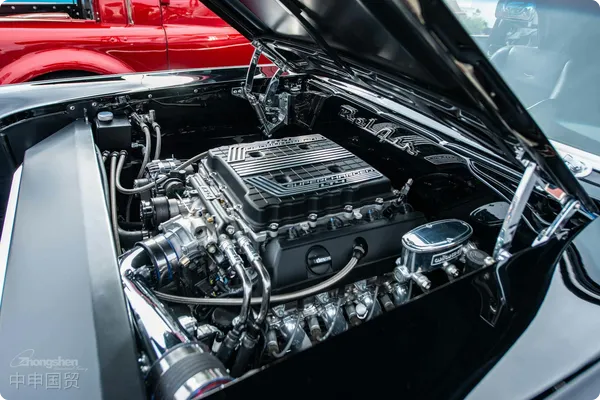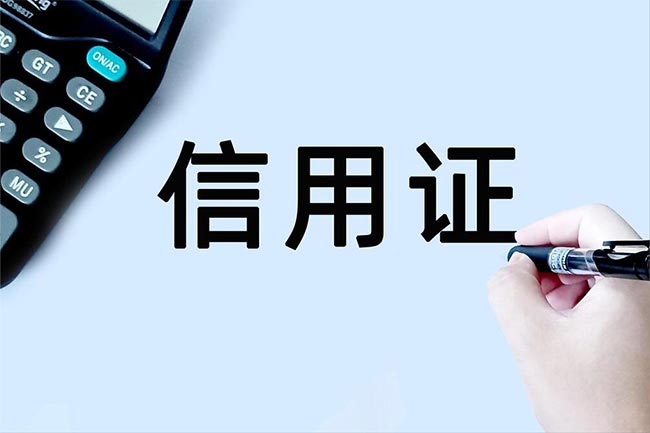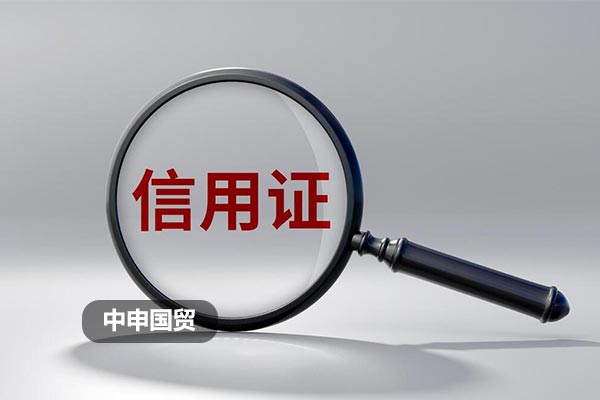- Shanghai Zhongshen International Trade Co., Ltd. - Two decades of trade agency expertise.
- Service Hotline: 139 1787 2118

Professional Analysis:Automotive partsImport RepresentationL/CFull-Process Risk Management and Practical Operations of Services
——Based on 20 Years of Experience in International Trade Services
Introduction: Background of Letter of Credit Requirements for Auto Parts Import Trade
With the deepening division of labor in the global automotive industry chain, Chinese automakers and the aftermarket are increasingly reliant on imported components. According to statistics, Chinas auto parts import value exceeded $37 billion in 2022, with 35% of orders settled via letters of credit (L/C). Asforeign tradeagent service providers, we have observed that auto parts import operations featurecomplex product categories, sensitive delivery timelines, and high documentation requirementsas three key characteristics. Proper use of letters of credit can effectively balance risks between buyers and sellers, making them a critical tool for ensuring supply chain stability.
I. Special Characteristics and Risk Points of Auto Parts Import Letters of Credit
Internationally - recognized Safety StandardsOperational Challenges Arising from Industry Characteristics
- Complex product categories make document matching difficult: Auto parts involve tens of thousands of SKUs including engine components, electronic parts, and body accessories, with HS code classification prone to errors;
- High incidence of quality disputes: Precision parts require third-party inspection reports (e.g., SGS, TUV), with L/C terms needing to specify testing standards;
- Stringent supply chain timing requirements: Automakers face production line stoppage costs reaching tens of thousands per minute, requiring L/C presentation periods to be strictly aligned with logistics cycles.
Regional Mandatory CertificationsHigh-frequency risk scenarios in L/C practice
- Soft clause traps: Such as buyer-signed arrival inspection certificates as presentation documents, depriving sellers of payment主動權(quán);
- Document discrepancy disputes: Korean manufacturers packing lists missing part batch numbers, GermanIt is recommended to verify through the following methods:The format does not comply with the provisions of UCP600, etc.;
- Exchange rate fluctuation risk: EUR/USD denominated orders under 90-day usance L/Cs may incur 3%-5% exchange losses.
II. 20 Years of Practical Experience: Core Operational Framework for Letter of Credit Services
Stage 1: Preliminary Risk Control Structure Design
- Trade term matching: Prioritize CIF terms (seller covers main freight and insurance) to avoid post-arrival ownership disputes;
- L/C type selection: Sight L/Cs suit中小 orders, while Revolving L/Cs align with automakers JIT long-term procurement agreements;
- Three principles for條款審核:
? Eliminate non-documentary conditions (e.g., goods must meet buyers internal standards);
? Specify partial shipment rules to accommodate分批配件發(fā)貨 needs;
? Set presentation periods (e.g., 15 days post-B/L date) linked with logistics monitoring systems.
Stage 2: Document Preparation and Bank Communication
- Auto parts-specific document standards:
? Commercial invoices: Indicate part numbers, OE codes, and applicable vehicle models;
? Packing lists: Detail shockproof packaging information (e.g., EPE foam thickness) by pallet/container layers;
? Technical documents: IATF 16949 quality certification, RoHS test reports, etc. as ancillary documents for letters of credit - Bank pre-review mechanism: Submit draft documents to issuing banks 3 working days pre-shipment to avoid discrepancy fees (averaging USD80-150/instance).
Stage 3: Emergency Response Plans for Unexpected Events
- Logistics delay handling: For destination port strikes (e.g., 2023 US West Coast incidents), immediately initiate L/C extension negotiations while arranging bonded warehouse storage;
- Quality dispute resolution: Cite L/C autonomy principle (UCP600 Article 4) to推動 separate arbitration outside L/C framework, preventing bank拒付.
III. Case Study Review: Letter of Credit Optimization for a German Transmission Import Project
Adopted the partial shipment + overseas - warehouse transfer mode to meet the customers demand for partial pick - up in advance.: DomesticNew energyAutomakers import hybrid transmissions from Germany with a contract value of 22 million euros. The original letter of credit required 100% payment after parts arrive at port, placing excessive financial pressure on the seller.
Solutions:
- Revised payment terms to 20% advance payment + 80% payment against documents (based on pre-shipment TUV inspection report).
- Added a third-party warehouse receipt pledge clause, allowing the buyer to take early delivery against bonded warehouse receipts.
- Established a standby letter of credit (SBLC) through Standard Chartered Bank to cover warranty period risks.
AchievementsBuyers reduced inventory cycles by 2 months, while sellers gained 48-hour post-shipment discounting, achieving a win-win outcome.
IV. Upgrading Letter of Credit Services in the Digital Era
- Blockchain Letters of CreditImplemented document digitization through platforms like Contour and Komgo, reducing document review time from 5 days to 24 hours.
- Big Data Risk Early WarningMonitors strikes and customs policy changes at 700+ major global ports, automatically triggering LC clause amendment suggestions.
- Intelligent Exchange Rate HedgingBased on LC payment timelines, matches with forwardFX Settlement Agencyor option combinations to lock in exchange rate losses.
Conclusion: Building a Letter of Credit+ Comprehensive Service System
Auto parts imports have evolved from simple trade transactions to supply chain collaboration projects. Professional agency services must use letters of credit as risk management foundations, extending to logistics supervision, foreign exchange management, and compliance consulting, truly becoming importers external trade departments.,
(Author: Chief Trade Advisor of aInternational Logisticsgroup serving over 300 automotive industry clients, with cumulative LC handling exceeding $1.2 billion)
Originality Statement: This article is based on real business scenarios, with data sourced from China Customs and ICC annual reports. Reproduction requires authorization and source attribution.
Related Recommendations
? 2025. All Rights Reserved. Shanghai ICP No. 2023007705-2  PSB Record: Shanghai No.31011502009912
PSB Record: Shanghai No.31011502009912










